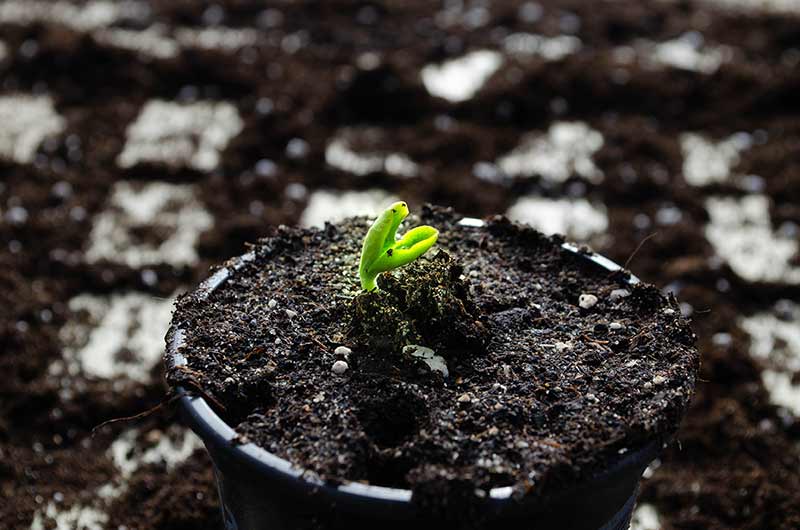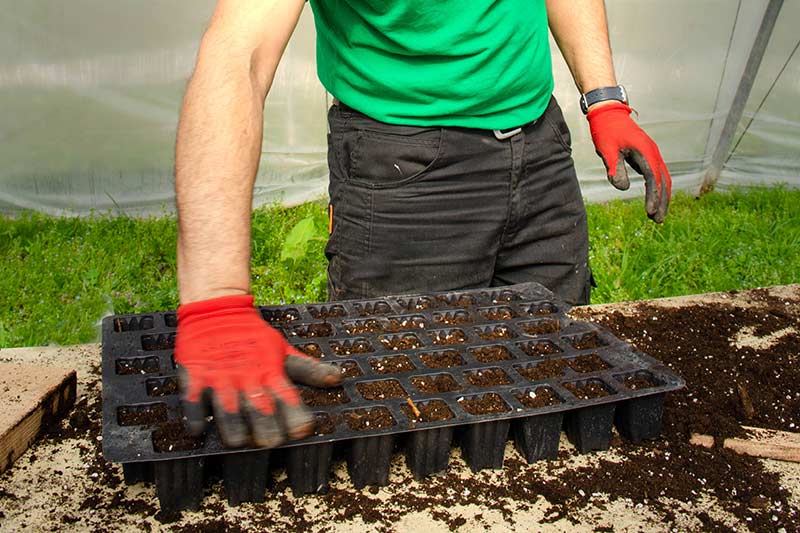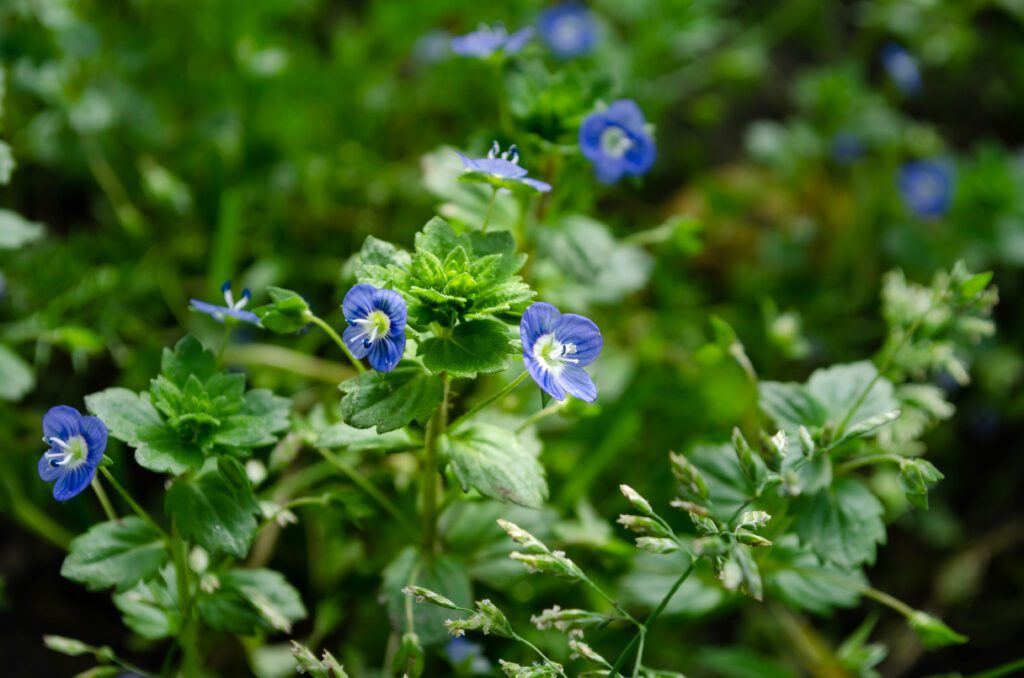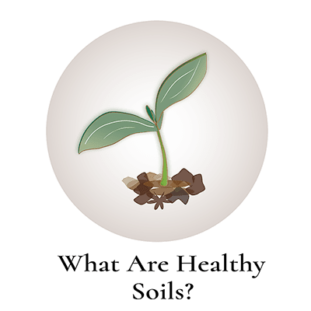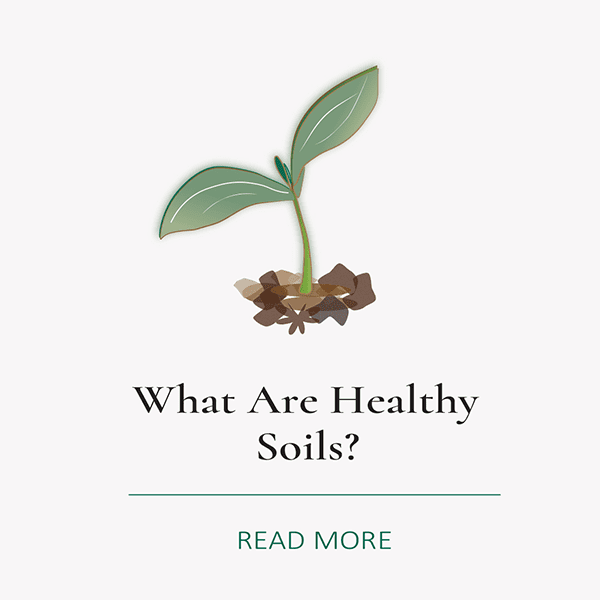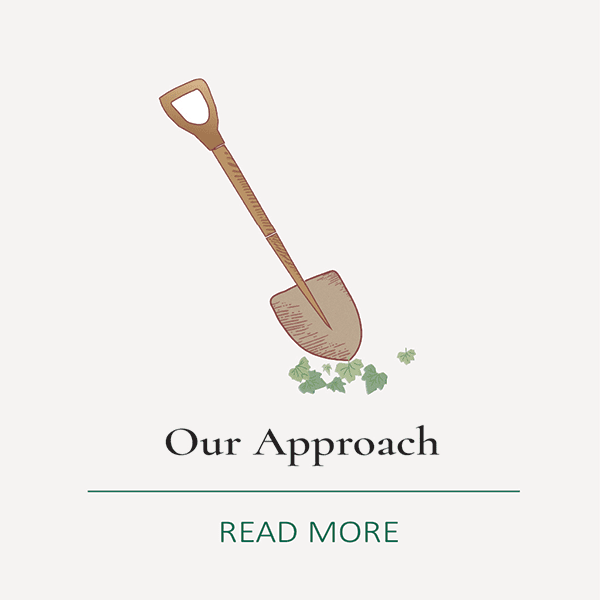HOW WE
GROW
"On our land soil health is everything."
We believe that growing healthy food all begins with having healthy soils. One gram of fertile soil can contain up to one billion bacteria and are essential for nutrient recycling and the decomposition of organic matter. This important cycle is vital to the nutrition available to us and the health of our environment. American President Franklin D. Roosevelt famously said: “The nation that destroys its soil destroys itself.” All life exists in a delicate ecosystem, and the soil beneath our feet is the foundation for it to exist.
Find out more about healthy soils and our approach to cultivating wholesome foods in our gardens.
What Are Healthy Soils?
Healthy soils are living soils. They are dark and moist and packed with organic matter. This organic matter helps to create pockets in the soil and provide nutrients for plants and microorganisms. These pockets are needed for easier drainage, rooting and water saturation. When soils are healthy, they act like a sponge and hold water. They create ideal conditions for plant roots to take hold and deter pests and weeds from dominating the environment. They also clean the water flowing into large aquifers and lakes and acts to trap carbon from the atmosphere. They are also able to resist drought more effectively during drier seasons.
Having healthy soils means supporting (and not disrupting) natural systems to rebuild and maintain countless soil organisms.

Our Approach
Our focus is on regenerative agriculture. We believe in taking care of the soil by giving nature a chance to rebuild itself naturally. To support his process, we use methods to increase biodiversity and soil health to grow more nutrient dense crops. We do this by:
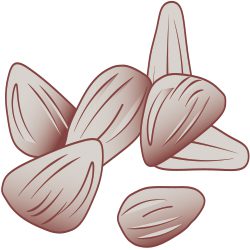
Planting organic from the start:
We start all of our plants from organic seeds. Any young plants we buy (for example, strawberries, garlic, and onion) are also certified organic.

Composting:
Compost is the best organic fertilizer. We add compost every year to our land to improve the structure of the soil and help keep a proper balance of nutrients, air, and moisture. This organic material helps soil to retain important nutrients for plants to thrive.

Crop rotation:
Doing this helps return nutrients to the soil, building biomass and increasing biodiversity. It also helps with weed and pest control without the use of chemicals.

Cover Cropping:
We grow countless flowers and plants to help build organic matter, provide soil protection, deter weeds, reduce soil compaction, and provide habitats for other important insects (such as bees). Cover cropping is an integral part of our gardens that we will improve each year to encourage biodiversity on our land.
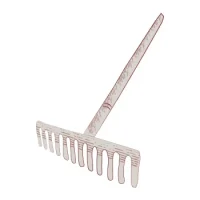
Manual and limited tilling:
Overtilling can disrupt the soil structure and lead to nutrient loss if done extensively. On our lands, we do not use heavy machinery that would compact our soils but instead use manual methods to prepare the soil for planting.

Natural fertilizers:
We do not use any synthetic fertilizers, pesticides, herbicides, or growth hormones on our crops.
Our Gardens
Les Jardins D’Esmée is situated on one hectare of land divided into eight gardens, and with more to be developed in the future. Two are dedicated to strawberries, and the rest house a variety of vegetables from carrots, potatoes, garlic, salads, cauliflower, cabbage, melons, sweet peppers, onions, leeks, and so much more. You can refer to our product page to learn about what we offer.
Our ultimate goal is for our whole production to be certified organic within three years. Every year, our operations are audited and controlled by an independent organization that approves organic certification. The land, soil, and products are tested to ensure strict standards are met.
